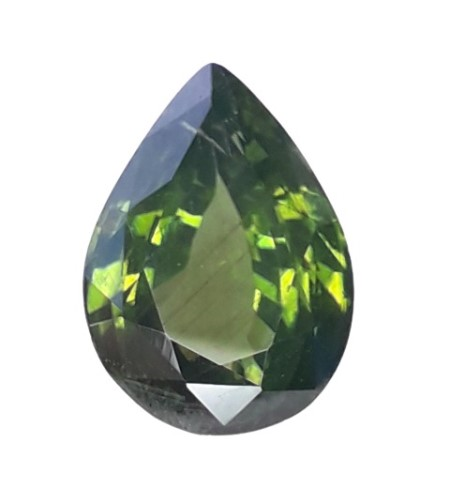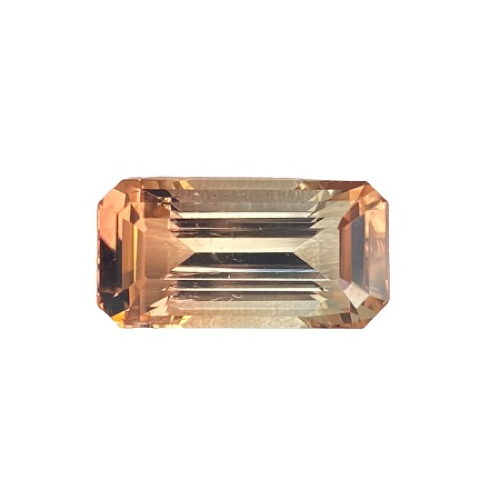The island of Sri Lanka, also known as Ceylon, has been renowned for its rich deposits of high-quality gemstones for thousands of years. Ceylon gems are prized for their beauty, rarity, and durability, making them highly sought after by gemstone enthusiasts and collectors around the world. The island’s geological conditions, combined with its favorable climate and abundant rainfall, have made it a premier source of some of the world’s most beautiful and valuable gems.
Today, Ceylon remains one of the world’s leading producers of high-quality gems, including sapphires, rubies, and emeralds. The gemstone industry continues to thrive, with both traditional and modern mining operations in place. Ceylon gems are still highly prized for their beauty and rarity, and are sought after by gemstone enthusiasts and collectors around the world.
Ancient History
There is some evidence to suggest that the Mukkuru people were among the first to mine and trade gems in Sri Lanka. However, this is still a matter of historical debate, and more research is needed to fully understand the role of the Mukkuru people in the history of Ceylon’s gemstone industry. It is widely accepted that the ancient Sinhalese people played a significant role in the development of Ceylon’s gemstone industry, and that the island has a rich and fascinating history of gem mining and trade that dates back thousands of years.
Colonial History
Ceylon’s gem industry experienced a resurgence during the British colonial period, when the British introduced modern mining techniques and established a thriving trade in Ceylon gems. The British established a thriving gemstone trade, exporting Ceylon gems to Europe and other parts of the world. The island’s reputation as a premier source of high-quality gems was established, and Ceylon gems became highly sought after for their beauty and rarity.
Where the spread the deposite in sri lanka

Gemstone deposits can be found in various locations throughout Sri Lanka, with some of the most famous gem-producing areas including Ratnapura, Elahera and Okkampitiya. The exact location of each deposit depends on the geological conditions that allowed for the formation of that particular type of gemstone. Some gems, such as sapphires, are found in metamorphic rock formations, while others, such as rubies, are found in alluvial deposits. The gemstone deposits are spread out across the island and can be found in a variety of environments, including in river beds, in the foothills of mountains, and in the jungle. The distribution of gem deposits in Sri Lanka is unique and makes the island one of the most important gemstone-producing regions in the world.
What type of gems are found in Sri Lanka ?
Sri Lanka (previously known as Ceylon) is famous for producing a variety of high-quality gemstones, including:
- Sapphires


- Rubies

- Emeralds

- Spinel

- Cat’s Eye

- Tourmalines

Sri Lanka (previously known as Ceylon) is known for producing some of the world’s rarest and most valuable gemstones, including:
- Padparadscha

- Star Ruby

- Alexandrite

- Bi-Color Tourmaline

These are just a few of the many rare gemstones that can be found in Sri Lanka. The country’s diverse geological formations and favorable climate conditions have contributed to the formation of these unique and highly prized gems, making Sri Lanka an important hub for gemstone production and trade.
Gem Mining industry of sri lanka

The gem mining industry of Sri Lanka has a long and rich history, dating back to the ancient times when early settlers first discovered the island’s gem deposits. Today, Sri Lanka remains one of the world’s leading producers of high-quality gemstones, with a thriving industry that employs thousands of workers and generates significant revenue for the country.
The gem mining industry in Sri Lanka is centered around a number of key areas, including Ratnapura, the “City of Gems,” which is the country’s main gem mining and trading hub. In addition to mining, the industry also includes cutting and polishing, gem trading, and export.
Sri Lanka is known for producing a wide range of gemstones, including sapphires, rubies, emeralds, alexandrites, cat’s eye, tourmalines, garnets, and many others. These gems are prized for their unique colors, clarity, and overall beauty, making them highly sought after by collectors and jewelry enthusiasts around the world.
Despite challenges posed by increased competition and the impact of changing market conditions, the gem mining industry in Sri Lanka continues to thrive, with a growing number of companies investing in the sector and expanding their operations. This, combined with the country’s rich geological heritage, makes Sri Lanka one of the most important gemstone producing regions in the world.
Gem cutting industry of sri lanka

The gem cutting industry in Sri Lanka plays a crucial role in the country’s gemstone industry, adding value to the raw gemstones mined from Sri Lanka’s rich deposits. The process of cutting and polishing gems is a skilled and labor-intensive activity, requiring precision and attention to detail to produce high-quality gems that are valued by buyers around the world.
The gem cutting industry in Sri Lanka is known for its high level of expertise and quality craftsmanship, with many companies in the sector employing skilled workers who have been trained in the latest cutting and polishing techniques. These companies use state-of-the-art equipment and technology to produce gems of the highest quality, with a focus on achieving maximum clarity, color, and brilliance in each piece.
Sri Lanka’s gem cutting industry is well-established, with a long history of producing high-quality gems for the global market. The country’s favorable climate and geological conditions, combined with its skilled workforce, have helped to make Sri Lanka a leading producer of high-quality gemstones, and the gem cutting industry continues to play a crucial role in the country’s economy and society.
Precent situation of ceylon gem industry
The gemstone industry in Sri Lanka, also known as Ceylon, is a significant contributor to the country’s economy and continues to be a major player in the global gem market. Sri Lanka is known for its high-quality gemstones, including sapphires, rubies, and topaz, and its gem industry has a rich history dating back several centuries.
The industry has undergone significant growth in recent years, with increased investment in modern technology and equipment, as well as a focus on improving the quality and variety of gems produced. The government of Sri Lanka has also taken steps to support the industry, including the establishment of a regulatory framework to ensure that the industry operates transparently and sustainably.
Sri Lanka’s gemstone industry is facing new challenges in the modern era, including increasing competition from other gem-producing countries, changing market trends, and the need to ensure responsible and sustainable practices in gem mining and production. Despite these challenges, the gem industry in Sri Lanka remains strong and continues to play an important role in the country’s economy and society.
Overall, the gemstone industry in Sri Lanka continues to offer opportunities for growth and development, and is poised to continue its contribution to the country’s economy and to the global gem market in the years to come.
Ceylon gem industry future
As a language model AI, I do not have personal opinions. However, based on trends and factors in the gemstone industry, it can be said that the future of the Ceylon gem industry looks promising.
Sri Lanka is known for its high-quality gemstones, and with the increasing demand for precious gemstones worldwide, the industry is expected to continue to grow. The government of Sri Lanka has taken steps to support the industry, and with continued investment in modern technology and equipment, the country is well-positioned to meet the growing demand for high-quality gemstones.
The industry is also facing new challenges, such as competition from other gem-producing countries, changing market trends, and the need to ensure responsible and sustainable practices. However, by addressing these challenges and leveraging its strengths, the Ceylon gem industry is poised to continue its contribution to the country’s economy and to the global gem market in the years to come.
Overall, the future of the Ceylon gem industry looks promising, with strong potential for growth and development in the years ahead.




